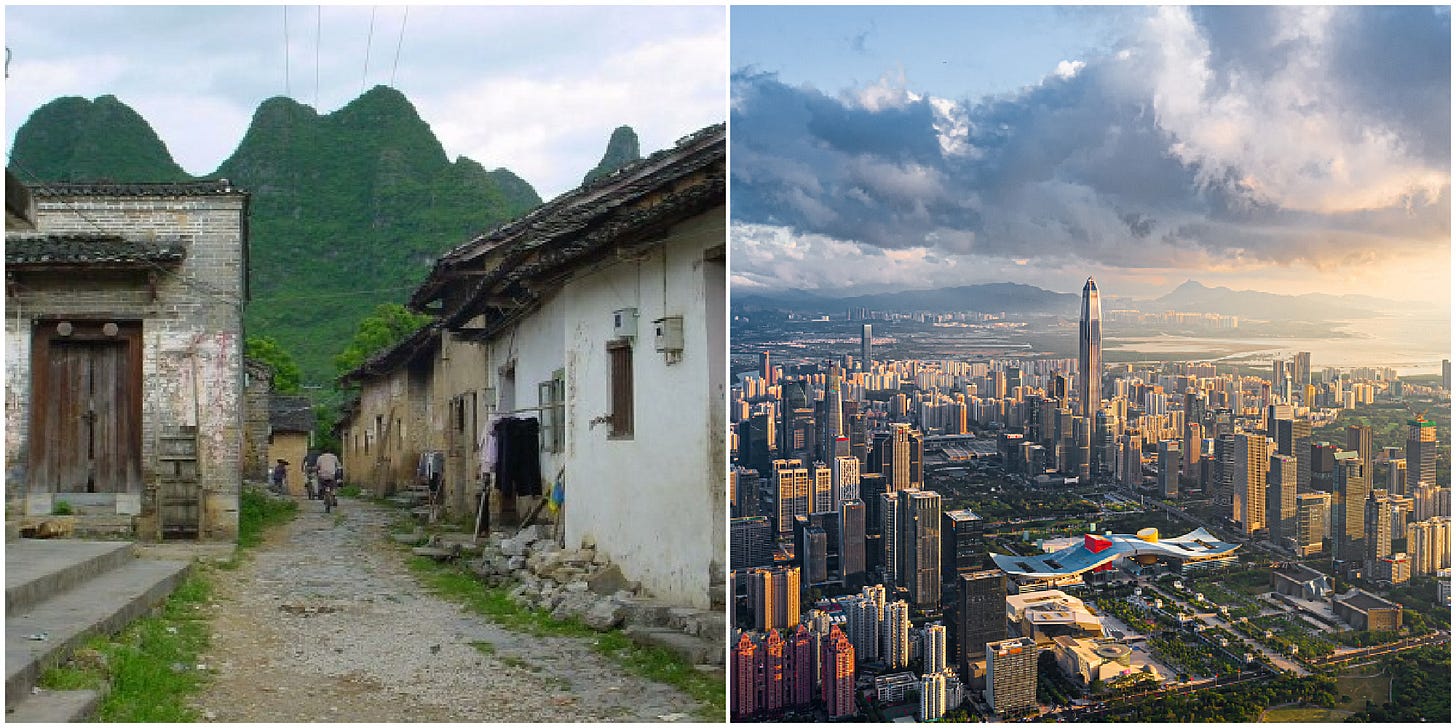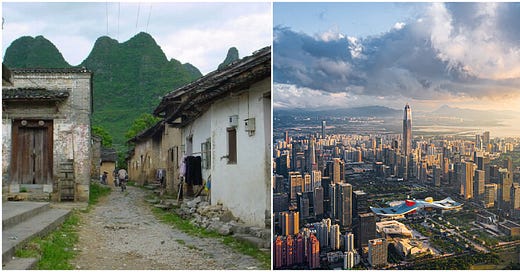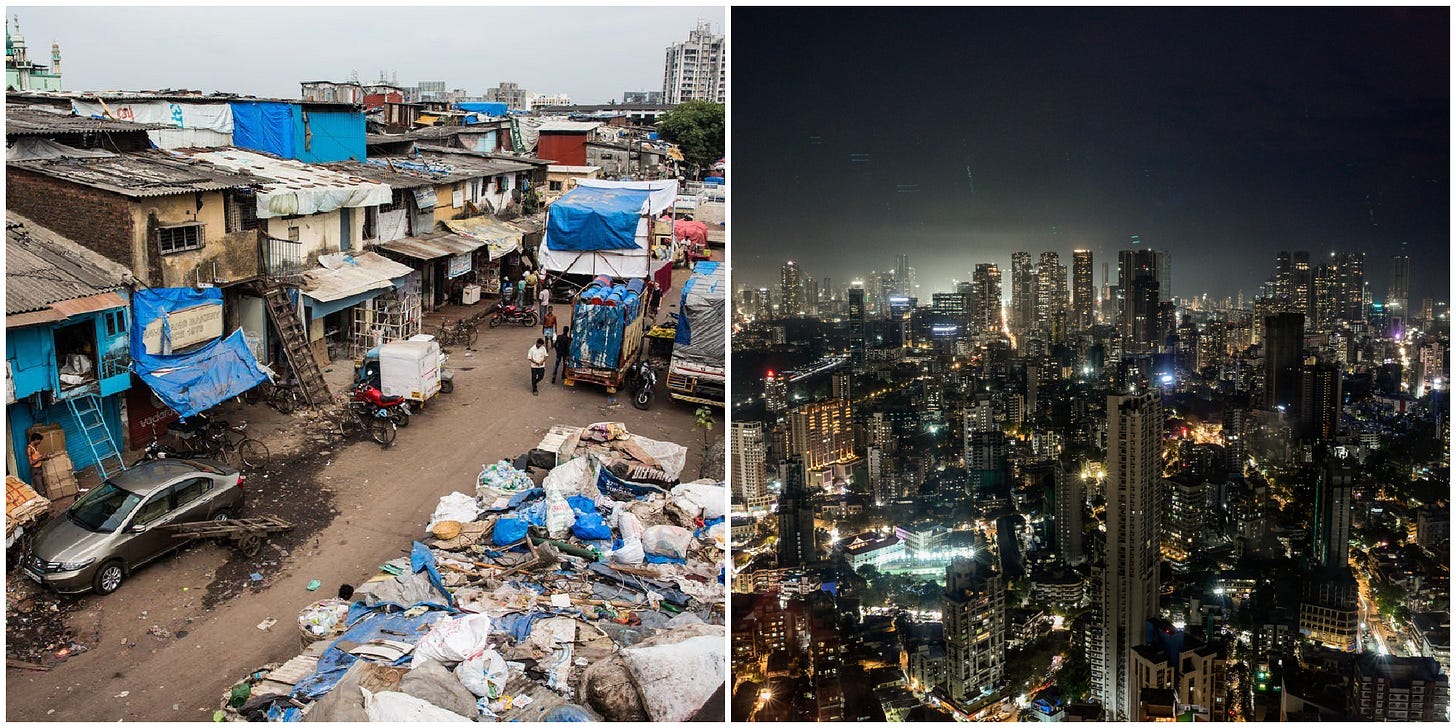The reduction in global poverty over the past four decades has been one of the most remarkable social changes in human history. From 1980 to 2025, the number of people living on less than a dollar a day has dramatically decreased, showcasing the combined efforts of governments, international organizations, and communities.
Introduction: A Glimpse at the Numbers
In 1980, more than 1.9 billion people, approximately 44% of the global population, were living on less than a dollar a day. This extreme poverty rate reflected significant disparities in income and development across various regions. Over the years, the world has witnessed a substantial decrease in these numbers, leading up to 2025, where less than 700 million people are estimated to be living on less than $1.90 a day, the updated threshold for extreme poverty.
India: A Tale of Progress
India's journey in reducing poverty has been both remarkable and challenging. In 1980, about 60% of India's population lived in extreme poverty. By implementing various economic reforms and social programs and focusing on inclusive growth, the country reduced this rate significantly. By 2015, the poverty rate had dropped to around 21%. Today, in 2025, India continues to battle poverty, with the rate further reduced to approximately 10%. However, regional disparities and rural poverty remain significant challenges.
China: An Unparalleled Success
China's success story in poverty reduction is unparalleled. In 1980, over 88% of its population lived in extreme poverty. Under Deng Xiaoping, market reforms and an open-door policy were introduced, and China embarked on a rapid economic transformation. By 2015, the poverty rate had plummeted to less than 1%. As of 2025, China has virtually eliminated extreme poverty, lifting over 850 million people from impoverishment. This achievement is a testament to the country's monumental economic restructuring and development efforts.

China’s economic growth was jumpstarted in the large cities of the eastern coastal part of the nation: Shanghai, Beijing, and the South Eastern Coastal areas. A primary driver of regional wealth is Guangzhou and the surrounding area, which began exports through the port of Hong Kong – the city under Chinese control after 2000. The export-focused economy has become integral to supply chains around the world.
Many rural communities lost population as the very poor headed to the cities. This process may not be optimal, but the results are staggering. The result are that there are now over 93 cities with a population over a million (versus 10 for the USA, 2 for England, and one for France.
Africa: A Continuing Challenge
Africa's struggle with poverty has shown a mix of progress and setbacks. In 1980, around 54% of the continent's population lived in extreme poverty. Despite efforts to reduce this rate, Africa remains the region with the highest poverty levels. By 2015, the poverty rate had decreased to approximately 41%. As of 2025, the rate stands at around 35%, indicating progress but highlighting the persistent challenges faced, such as political instability, inadequate infrastructure, and limited access to education and healthcare in many countries.

Africa has multiple outcomes depending on the nations. Extreme poverty has grown in a place like Nigeria and fallen significantly in other countries. The effect of Covid hit African economies particularly hard.
Recent Changes: The Past Decade
The last ten years have seen mixed results in reducing global poverty. While some regions have made significant strides, others have faced stagnation or even regression. The COVID-19 pandemic, for instance, pushed millions back into poverty, reversing years of progress. Nevertheless, technological advancements, targeted social programs, and international cooperation have helped mitigate some of the adverse effects. Nations have had to adapt rapidly, implementing innovative solutions to support vulnerable populations.
Traditional infrastructure has changed more in Africa than in nearly any other region. Western countries, India, and China followed a similar path for building infrastructure to lift people out of poverty. However, banking and communications in Africa have moved to mobile solutions with smart and “kind of” smart cell phones. This means that attempts to lift people out of poverty often need new paradigms. Many of the Western-adapted methods for lifting people out of poverty are not successful or appropriate.
Regions of Stagnation
Certain areas have experienced a slowdown or halt in poverty reduction. Conflict zones, such as parts of the Middle East and Sub-Saharan Africa, have seen little to no progress due to ongoing wars and political instability. Additionally, regions facing severe environmental challenges, like the Sahel in Africa, have struggled to combat poverty effectively. These areas require targeted interventions and sustainable solutions to address their unique challenges.
Future Trends and Roadblocks
Looking ahead, the future of global poverty reduction holds promising trends and formidable roadblocks. Technological innovation, increased access to education, and stronger international cooperation offer hope for continued progress. However, climate change, population growth, and economic inequality pose significant threats to sustained poverty reduction. Ensuring inclusive and sustainable development will be crucial in overcoming these obstacles.
The journey from 1980 to 2025 showcases the transformative impact of concerted efforts to reduce poverty. While much has been achieved, the path ahead requires continued dedication and innovative solutions to ensure that the gains made are not only preserved but expanded to benefit all.





